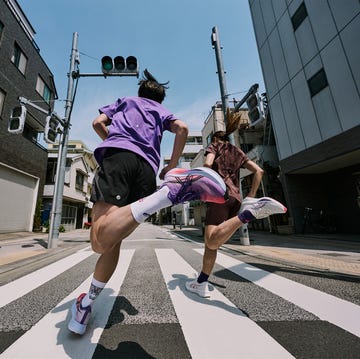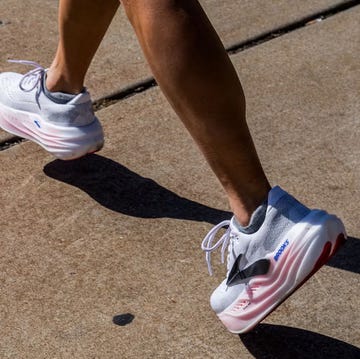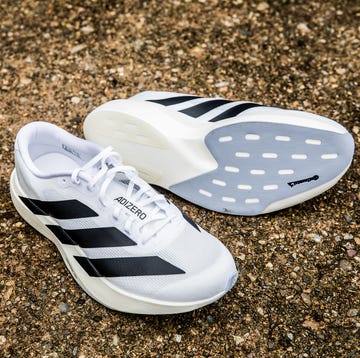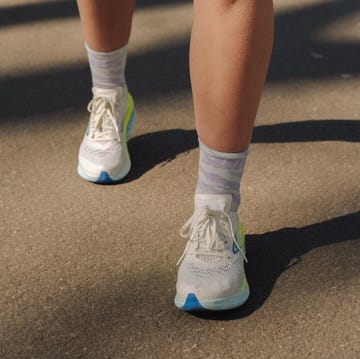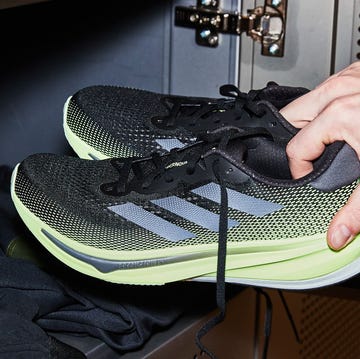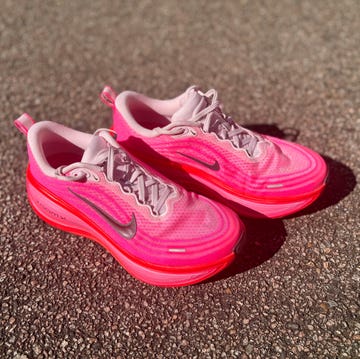We earn a commission for products purchased through some links in this article.
The 5 best running shoes for shin splints
Whether you’re recovering from shin splints or trying to prevent them, these top-rated running shoes are designed to ease the load and protect your legs
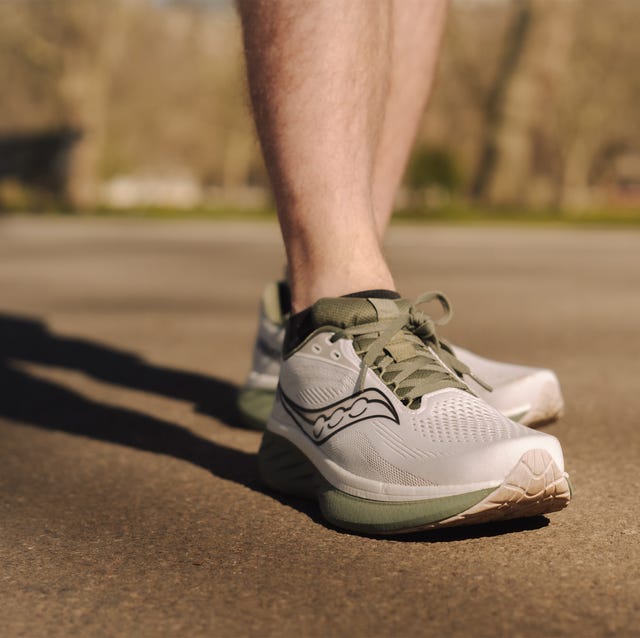
If you’ve ever suffered from shin splints – also known as medial tibial stress syndrome – you’ll probably want to do everything in your power to stop them from returning. Most commonly presented as a persistent, nagging pain typically concentrated in the bony part of the shin, shin splints can be caused by a number of factors, from poor biomechanics (including poor hip rotation, overpronation of the foot and flat feet) to increasing your volume and/or intensity of training too quickly.
While incorrect footwear isn’t a direct cause, ‘it can definitely be a contributing factor or make current symptoms worse,’ says Luke Van der Feen, a running-specific physiotherapist at The Running Room in London. ‘Worn-out shoes or shoes that do not suit a certain runner's mechanics can alter the way that the shin is loaded, which can definitely contribute to increased traction [pulling] from muscles or increased localised bone forces.’
If you can, it’s worth getting your gait analysed at a dedicated running store, where a specialist can check if your shoes are right for you. It might be that you need shoes that help to control your pronation or a pair of orthotic insoles to unload the inside part of your foot’s arch.
However, there are some additional shoe features that can be helpful for runners dealing with shin splints. With help from experts, we’ve created a framework and highlighted models that have proven effective in easing the pain for some runners.
More to check out: Best running shoes for plantar fasciitis | Best running shoes for flat feet | Best running shoes for high arches
What to look for
According to Van der Feen, when working with runners dealing with shin splints, he looks for the following features in a running shoe, depending on the individual’s mechanics:
Cushioning
Shoes with sufficient cushioning in the heel and forefoot can help to absorb shock and reduce the repetitive impact that can aggravate shin splints. Generally, ‘a moderate to high stack height, with a responsive foam is a safe place to start,’ says Van Der Feen.
‘Excessively firm shoes or minimalist shoes can increase ground reaction force and irritate the periosteum [the sheath outside your bones that supplies them with blood] of the tibia,’ he adds, ‘Some newer high-stack shoes can create instability that then requires additional demands at the ankle.’
For this guide, we’ve selected shoes with a heel stack between 33mm and 40mm – avoiding shoes above 40mm that would generally be categorised as max-cushioned.
Heel-to-toe drop
The ‘drop’ of a shoe – the difference between the height of the heel and the forefoot – is also worth considering when it comes to shin splints. Higher drop shoes (around 8-10mm), says Van der Feen, can reduce the load on the posterior chain [the group of muscles located on the back of the body] which can lead to lower pulling forces from the calf. On the other end of the spectrum, lower drop shoes often require a gradual introduction period as they place a much greater load on the calf.
Stability features
Mild medial support can be helpful for overpronators, especially those with a history of shin pain. However, going too rigid in the posting can be too much for some runners, says Van der Feen, actually making symptoms feel worse. Again, it’s worth getting a gait analysis at a dedicated running store to determine the level of support you need.
Flexibility
Shoes that are too stiff can strain your shins, while too much flexibility can cause instability. You want a shoe with balance. Generally speaking, that means avoiding shoes with full-length carbon-fibre plates, as these tend to be very rigid, as well as barefoot shoes, which are extremely flexible and have very little cushioning.
Keep it fresh
Worn-out shoes with compressed midsoles offer less protection and support. There’s no hard-and-fast number or rule for when to replace running shoes, but if the cushioning starts to feel flat, you notice wear-and-tear in particular areas, or you just don't feel like you're getting the same level of support you used to, these can be signs that it’s time for a new pair.
How we selected
To select these shoes, we used input from Van der Feen about what kind of shoes are best for alleviating shin splints. According to him, the most important features to look for are a medium-to-high stack height, a higher heel-to-toe drop (8-10mm) and stability or support features for runners whose biomechanics require it. The following options are all shoes that we have found to provide the comfort runners need while working through medial tibial stress syndrome.
If you are dealing with shin splints, it is best to consult a physiotherapist who can work with you on a recovery plan. According to Van der Feen, depending on the level of severity, this usually starts with load management: reducing your volume and/or intensity of training (‘some runners may be able to keep one or the other depending on their symptoms and training history,’ he says), substituting running with low-impact cross training, and soft-tissue work to the calf complex. He would then look to address hip, foot, calf and core weaknesses (as there is often more to the puzzle than just the shin) and running mechanics, such as overstriding.
The best running shoes for shin splints

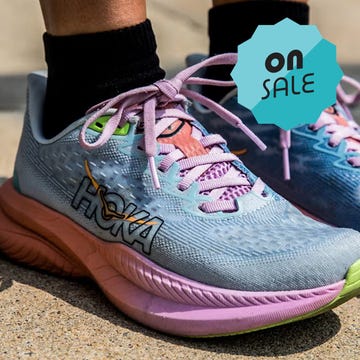
Best September running shoe deals 2025
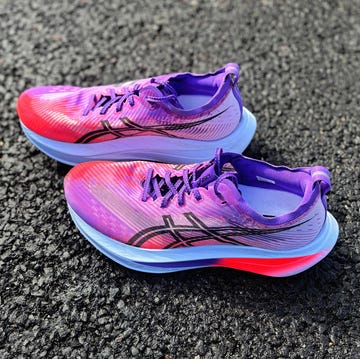
Is the Asics Megablast the best Blast yet?

Brooks running shoes sales August 2025
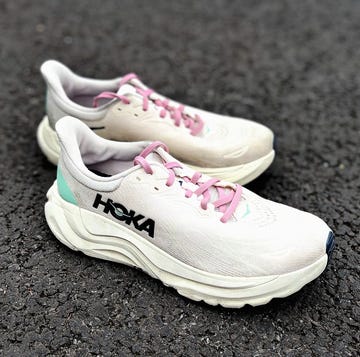
Arahi 8: Hoka's stability shoe is back to form





